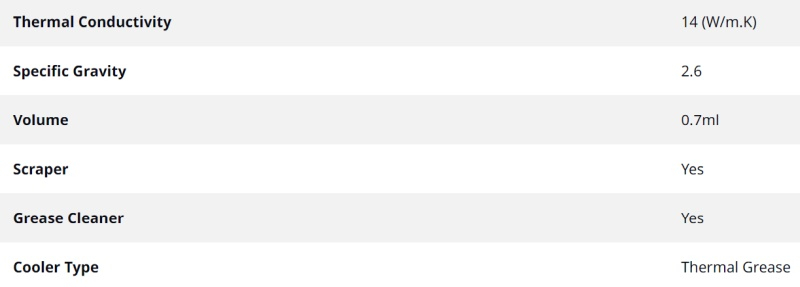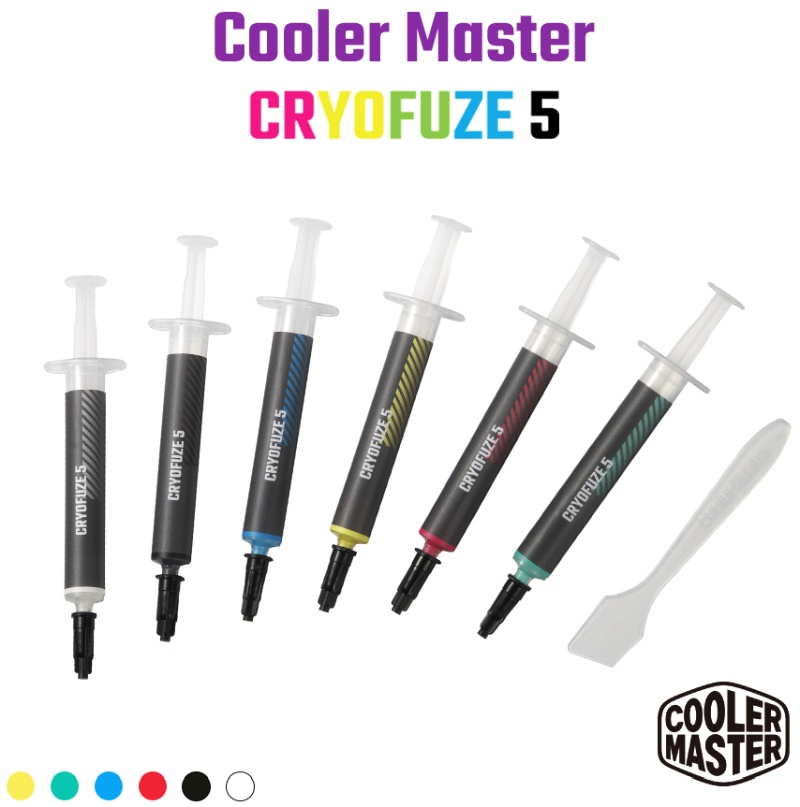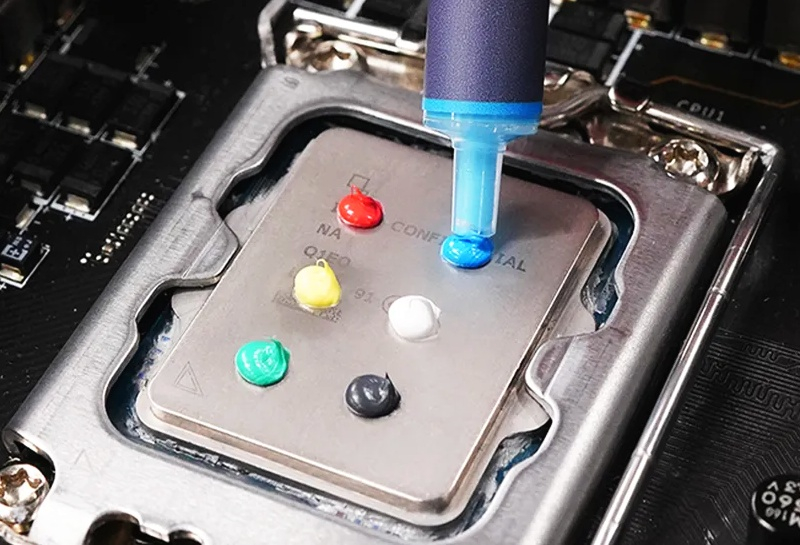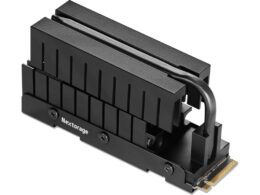Cooler Master has introduced a new series of thermal paste titled CryoFuze 5, available in six different colors. The company terms it as an “AI thermal paste” and states that it employs “nano-diamond molecular technology” for durability. These colorful thermal pastes are created using zinc oxide and aluminum powder, achieving not only vibrant colors but also a heat conduction coefficient of 14 W/m∙K according to the manufacturer.
The Color Spectrum and its Benefits
The color range of the thermal paste is likely a marketing gimmick but could prove useful for streamers when filming their PC assembly process, adding color to what can be a quite monotonous procedure. CryoFuze Violet was one of the previous colored thermal pastes by Cooler Master.
A Focus on Stability
Cooler Master places emphasis on the unfailing properties of their new thermal paste, making it ideal for overclockers seeking to extract the maximum performance from their components. The CryoFuze 5 can operate at temperatures ranging from -50°C to 240°C, and its heat conductivity ratio is 14 W/m∙K.

Marketing to the AI Trend
The company jumped on the AI trend bandwagon by incorporating the abbreviation “AI” into its product advertisement, while the thermal paste itself lacks AI capabilities. Cooler Master perhaps means to target their colorful new product towards AI chips, such as the advanced Intel Falcon Shores or Nvidia B100 and B200. However, it’s unlikely that the professional sector would show interest in this kind of thermal paste. Moreover, the thermal characteristics of CryoFuze 5 don’t significantly outperform its competitors.

Observerd Limits of Heat Conductivity
It’s worthy to note that contemporary advanced thermal paste usually do not exceed a maximum thermal conductivity ratio of 16 W/m∙K. Applying liquid metal can produce significantly better ratings — up to 73 W/m∙K and higher. Liquid metal is more effective than any ‘regular’ thermal paste, though its use comes with the risk of short circuits due to its conductivity.





